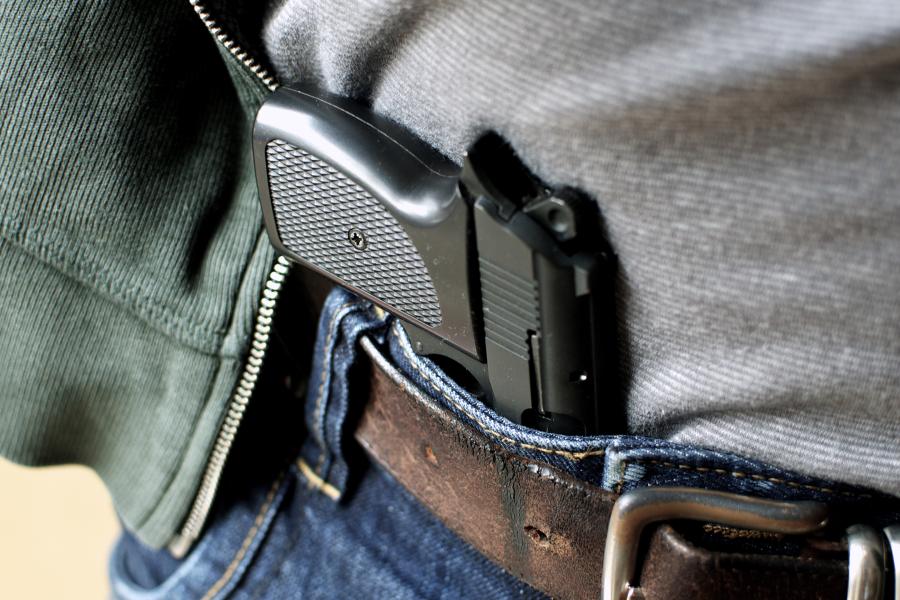
Concealed Carry Pathways: The Impact on American Society
Understanding Pathways to Concealed Gun Carrying
The rising prevalence of concealed firearms in the US has resulted in an urgent need to understand the sociological underpinnings behind this trend. Researchers have revealed adolescent and adult pathways to concealed gun carrying—critical information that can inform effective policy and interventions to curtail gun violence.
Variations in Gun Carrying: Adolescents vs Adults
Studies show significant differences between adolescents and adults regarding concealed firearm carrying. Adolescents tend to source their guns illegally, with their carrying usually being temporary and responsive to violence. The need for self-protection in volatile environments often serves as motivation, doubling the likelihood of gun carrying between the ages of 15 to 21.
For adults, conceal carry policies play an instrumental role in their decision to carry. Adults who start carrying guns typically continue this behaviour, often legally obtaining permits. Factors such as political polarization, societal unrest, and pandemic implications significantly influence the decision to carry firearms.
Legal Landscape Changes and Their Impact
Legal shifts toward “shall-issue” or permit-free carry laws have altered the context of concealed gun carrying, complicating the distinction between legal and illegal firearm carriers. As observed, over half of US states have adopted laws enabling easier access to hidden weapons without the need for permits. These developments have potential implications for age-associated trends in firearm carrying.
Mitigating Violence: Tailored Interventions for Adolescents and Adults
Different pathways to concealed carry mandate discrete intervention strategies. Programs for adolescents should focus on reducing direct exposure to violence, providing safe environments, implementing conflict resolution training, and cultivating community trust in the police. For adults, it’s imperative to consider broader societal influences and promote responsible gun ownership. Awareness campaigns, reforms in permitting processes, and conflict de-escalation workshops can aid in lessening the likelihood of gun use.
Future Impact: Research Opportunities and Validation in Other Settings
Future research should aim to validate these pathways across other metro areas plagued by gun violence. The opportunity to cross disciplinary boundaries could unravel the structure of American gun ownership and address the underlying issues leading individuals to carry firearms. As a society, balancing constitutional rights with collective responsibility for community safety remains paramount. Exploring gun storage practices, and qualitative research on paths to gun socialization, can provide more insights into safe gun carrying and the potential for limiting it.
Conclusion: A Call for Tailored Intervention
Understanding the dual pathways of concealed gun carrying is vital to effecting meaningful change. By adapting interventions to meet the specific needs of adolescents and adults, policymakers can feasibly diminish the incidence of concealed carry. The need to balance individual rights and collective safety is ever more important in this dialogue. Recognizing this balance, as well as the gravity of American decisions on firearms, are imperative if we are to address the concealed carry phenomenon effectively.
Originally Post From https://www.science.org/doi/10.1126/sciadv.adu1262
Read more about this topic at
Concealed Carry 101: A Comprehensive Guide
Beginner’s Guide to Concealed Carry


